Ancient Roman Fresco from the series "Antiquities of Herculaneum", is an etching on paper realized by Carlo Oratij in the 18th Century. Signed on the plate. Good conditions. The etching belongs to the print suite “Antiquities of Herculaneum Exposed” (original title: “Le Antichità di Ercolano Esposte”), an eight-volume volume of engravings of the finds from the excavation of the ruins of Herculaneum in the Kingdom of Naples (now Campania, Italy). It was published between 1757 and 1792 by the Regia Stamperia, and copies were delivered to selected recipients across Europe. Despite the title, the Antiquity of Herculaneum shows objects from all the excavations undertaken by the Bourbons in the Gulf of Naples. These include Pompeii, Stabia and two sites of Herculaneum: Resina and Portici. The Bourbon King Carlo appointed fifteen scholars creating a new “Herculaneum Academy” to study the artifacts and publish the results of the archaeological excavations of the sites. The engravings are of high quality and the accompanying text shows a large scholarship. They were realized by 25 prominent artists involved by the King to prepare drawings and engravings on the finds, among which we can find Giovanni Elia Morghen, Carlo Nolli, Luigi Vanvitelli and Giovanni Battista Casanova. The “Antiquities” was designed more to amaze readers with the quality of the objects in the collection of the King of Naples than to be used in research., following and increasing the interest of 18th century society for the classical culture and Art in particular. Through the exaltation of the classical concept of proportions and harmony, the book was of inspiration to the neoclassical movement in Europe, giving artists and decorators access to a huge shop of Hellenistic motifs. Ref.: National Gallery (Washington), Mark J. Millard Architectural, IV (2000), no. 1; L. Garcia y Garcia, Nova bibliotheca pompeiana (2 v., 1998); Royal Institute of British Architects, British Architectural Library ... Early printed books, 1 (1994), no. 112. U. Pannuti, 'Incisori e disegnatori della Stamperia Reale di Napoli nel secolo XVIII: la pubblicazione delle Antichità di Ercolano', in Xenia antiqua, 9 (2000), p. 151-178; V. Trombetta, 'L'edizione de Le Antichità di Ercolano esposte' in Rendiconti dell'Accademia di Archeologia, lettere e belle arti di Napoli , 59 (1984), p.151-172.
Fresque romaine antique de la série "Antiquités d'Herculanum", est une gravure sur papier réalisée par Carlo Oratij au 18ème siècle. Signée sur la plaque. Bonnes conditions. L'eau-forte appartient à la suite de gravures "Antiquités d'Herculanum exposées" (titre original : "Le Antichità di Ercolano Esposte"), un volume en huit volumes de gravures des découvertes provenant des fouilles des ruines d'Herculanum dans le Royaume de Naples (aujourd'hui Campanie, Italie). Il a été publié entre 1757 et 1792 par la Regia Stamperia, et des exemplaires ont été livrés à des destinataires sélectionnés dans toute l'Europe. Malgré son titre, l'Antiquité d'Herculanum présente des objets provenant de toutes les fouilles entreprises par les Bourbons dans le golfe de Naples. Celles-ci comprennent Pompéi, Stabia et deux sites d'Herculanum : Resina et Portici. Le roi Bourbon Carlo a nommé quinze savants créant une nouvelle "Académie d'Herculanum" pour étudier les objets et publier les résultats des fouilles archéologiques des sites. Les gravures sont de grande qualité et le texte qui les accompagne témoigne d'une grande érudition. Elles ont été réalisées par 25 artistes éminents engagés par le roi pour préparer des dessins et des gravures sur les découvertes, parmi lesquels on trouve Giovanni Elia Morghen, Carlo Nolli, Luigi Vanvitelli et Giovanni Battista Casanova. Les "Antiquités" ont été conçues plus pour émerveiller les lecteurs par la qualité des objets de la collection du roi de Naples que pour être utilisées dans la recherche, suivant et augmentant l'intérêt de la société du XVIIIe siècle pour la culture classique et l'art en particulier. A travers l'exaltation du concept classique de proportions et d'harmonie, le livre a été une source d'inspiration pour le mouvement néoclassique en Europe, donnant aux artistes et aux décorateurs l'accès à un immense magasin de motifs hellénistiques. Réf. : National Gallery (Washington), Mark J. Millard Architectural, IV (2000), no. 1 ; L. Garcia y Garcia, Nova bibliotheca pompeiana (2 v., 1998) ; Royal Institute of British Architects, British Architectural Library .... Early printed books, 1 (1994), no. 112. U. Pannuti, 'Incisori e disegnatori della Stamperia Reale di Napoli nel secolo XVIII : la pubblicazione delle Antichità di Ercolano', in Xenia antiqua, 9 (2000), p. 151-178 ; V. Trombetta, 'L'edizione de Le Antichità di Ercolano esposte' in Rendiconti dell'Accademia di Archeologia, lettere e belle arti di Napoli , 59 (1984), p.151-172.
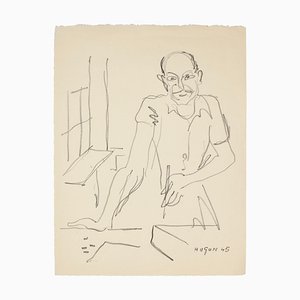
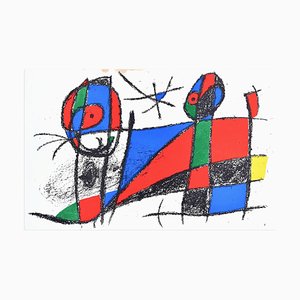
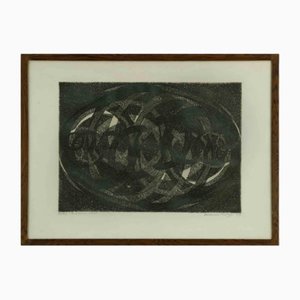
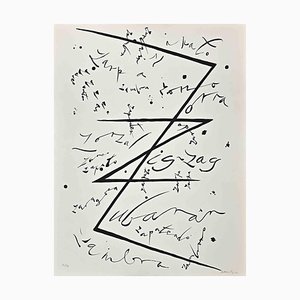
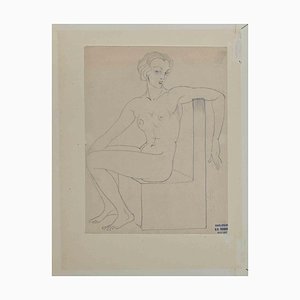
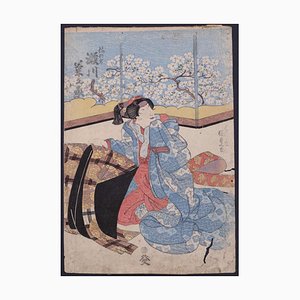
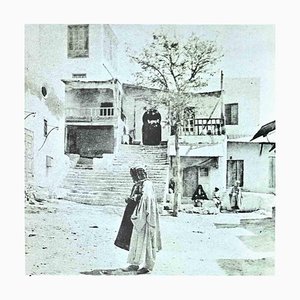
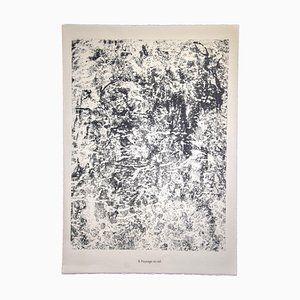

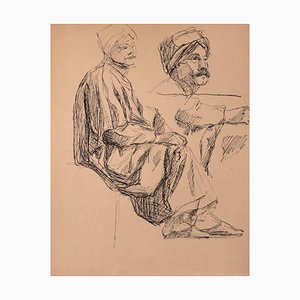
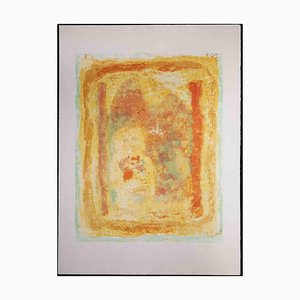
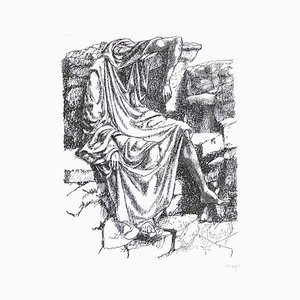
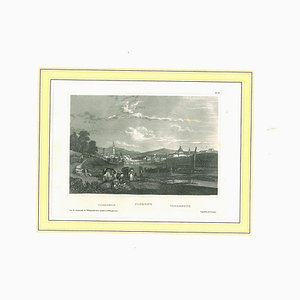
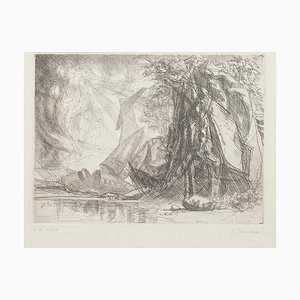
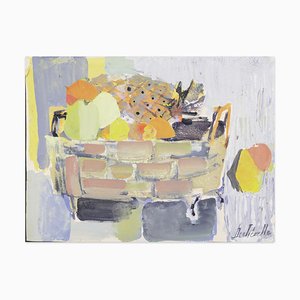

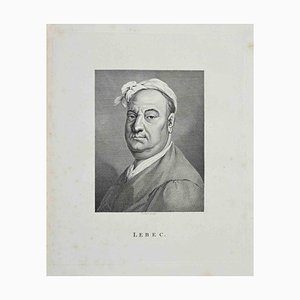

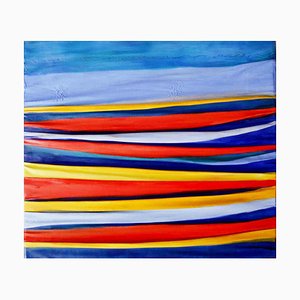
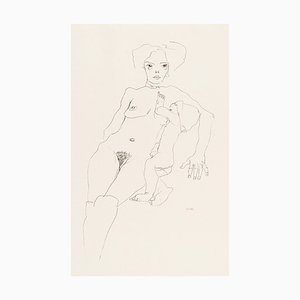
Contactez-nous
Faire une offre
Nous avons remarqué que vous êtes nouveau sur Pamono !
Veuillez accepter les Termes, Conditions et Politique de Confidentialité
Contactez-nous
Faire une offre
Vous y êtes presque!
Pour suivre votre conversation sur la plateforme, merci de compléter votre enregistrement Pour procéder avec votre offre sur la plateforme, veuillez compléter l’enregistrement.Envoyé!
Merci pour votre message, un membre de notre équipe vous contactera rapidemment
Si vous etes un professionnel du design, merci de vous inscrire ici pour pouvoir profiter de bénéfices exclusifs